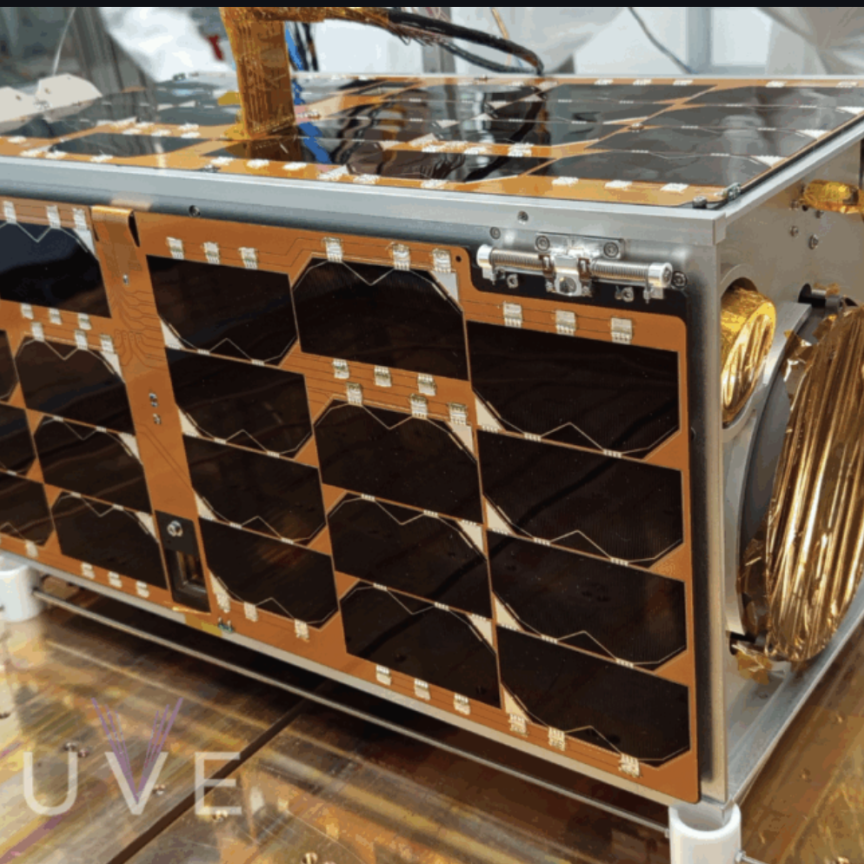Two optical techniques for analysing works of art without having to take samples from the painting have been developed independently by researchers in the UK and Italy. A team of UK and Italian scientists have been working on a non-invasive method based on micro-spatially offset Raman spectroscopy (micro-SORS), while researchers from Nottingham Trent University in the UK have improved the resolution of optical coherence tomography (OCT) for analysing artwork.
Both techniques are helping in the preservation and conservation of precious works of art. Nottingham Trent University’s School of Science and Technology partnered with the National Gallery in London to develop its OCT instrument, which will allow art conservation scientists to study how an artist built up the painting’s original composition, as well as what coatings have been applied. The work was published in the journal Optics Express.
Traditionally, analysing the layers of a painting requires taking a very small physical sample – usually around a quarter of a millimetre across – to view under a microscope. This provides a cross-section of the painting’s layers, which can be imaged at high resolution and analysed to gain detailed information on the chemical composition of the paint. The disadvantage is that this involves removing some of the original paint in selective areas of the canvas, normally from places that already show signs of damage.
OCT analysis and the micro-SORS instrument probe the layers of paint without having to physically take a sample. However, in the case of OCT, the spatial resolution of commercially-available systems is not high enough to map the fine layers of paint and varnish fully.
‘We’re trying to see how far we can go with non-invasive techniques,’ commented Haida Liang at Nottingham Trent University, who led the project. ‘We wanted to reach the kind of resolution that conventional destructive techniques have reached.’
In OCT, a beam of light is split: half is directed towards the sample, and the other half is sent to a reference mirror. The light scatters off both of these surfaces. By measuring the combined signal, which effectively compares the returned light from the sample versus the reference, the apparatus can determine how far into the sample the light penetrated. By repeating this procedure many times across an area, researchers can build up a cross-sectional map of the painting.
Liang and her colleagues used a broadband laser-like light source, which, along with a few other modifications, produced the higher resolution needed. The wider frequency range allows for more precise data collection, but such light sources were not commercially available until recently.
When tested on a late 16th-century copy of a Raphael painting, housed at the National Gallery in London, it performed as well as traditional invasive imaging techniques.
‘We are able to not only match the resolution but also to see some of the layer structures with better contrast. That’s because OCT is particularly sensitive to changes in refractive index,’ said Liang. In some places, the ultra-high resolution OCT set-up identified varnish layers that were almost indistinguishable from each other under the microscope.
Liang noted that one of the next challenges in their work is to be able to extract chemical information from different layers, something that the micro-SORS technique is able to do. Scientists from the UK’s Science and Technology Facilities Council’s (STFC) Central Laser Facility and Italy’s Institute for the Conservation and Valorisation of Cultural Heritage (ICVBC), have tested the micro-SORS device on artwork dating back several centuries.
The technique combines spatially offset Raman spectroscopy with microscopy concepts, allowing scientists to analyse the chemical composition of artwork at a greater depth than has been possible before. Laser light probes the surface layers, with a small number of photons scattering back at a different wavelength depending on the chemical composition of the paint.
Tiny flakes of paint were analysed from religious murals and sculptures housed in devotional chapels in northern Italy. Known as Sacred Mounts, these chapels were built several centuries ago and are currently undergoing restoration.
Crucially, micro-SORS can identify any areas of decay in the materials beneath the paint, and also pinpoint any earlier conservation work that may have been carried out.
‘What [SORS] allows us to do in addition to just doing ordinary Raman spectroscopy, is to probe opaque media − by that I mean diffuse scattering media such as skin tissues, powders, or opaque bottles that you cannot see through − and to probe them in depth or through the wall barrier,’ explained Professor Pavel Matousek, a STFC senior fellow who originally developed the technique. ‘Conventional Raman would be only applicable to the near surfaces of these objects,’ he said.
Dr Marco Realini from the ICVBC said: ‘Micro-SORS promises to make a major contribution to the knowledge and conservation of artworks,’ adding that the ultimate goal is to turn the micro-SORS technology into a portable device that can also be used in the field.
About the author
 Greg Blackman is the editor for Electro Optics, Imaging & Machine Vision Europe, and Laser Systems Europe.
Greg Blackman is the editor for Electro Optics, Imaging & Machine Vision Europe, and Laser Systems Europe.
You can contact him at greg.blackman@europascience.com or on +44 (0) 1223 275 472.
Find us on Twitter at @ElectroOptics, @IMVEurope, and @LaserSystemsMag.


